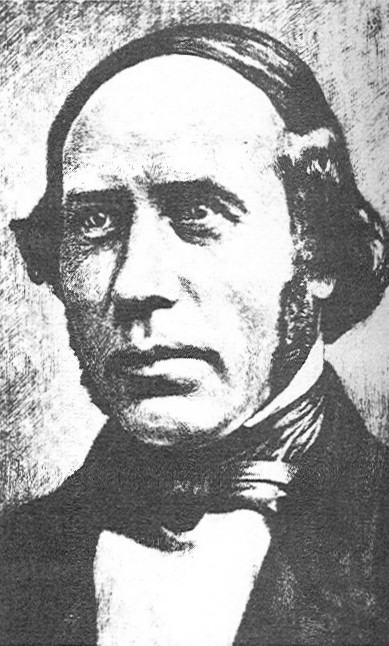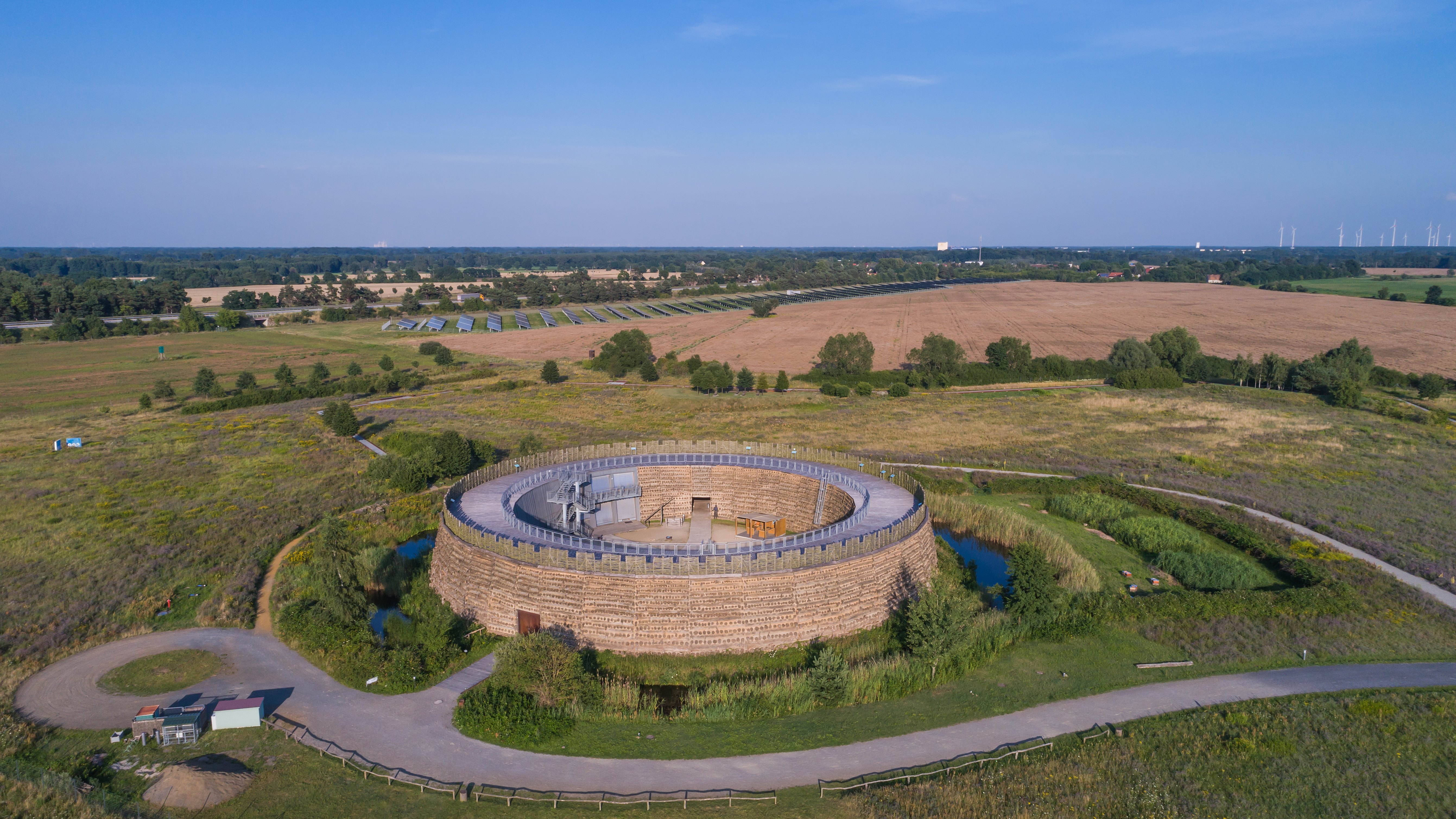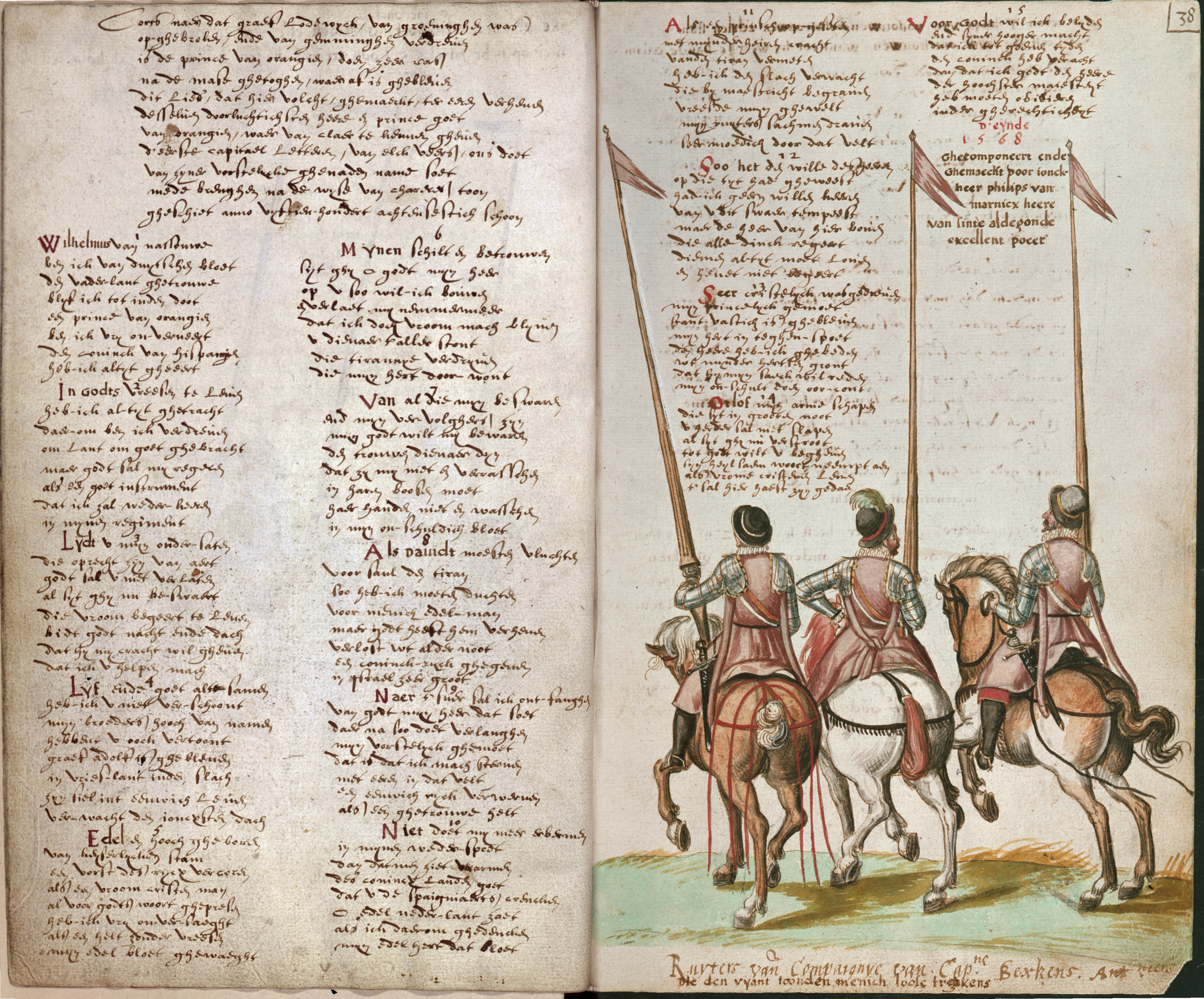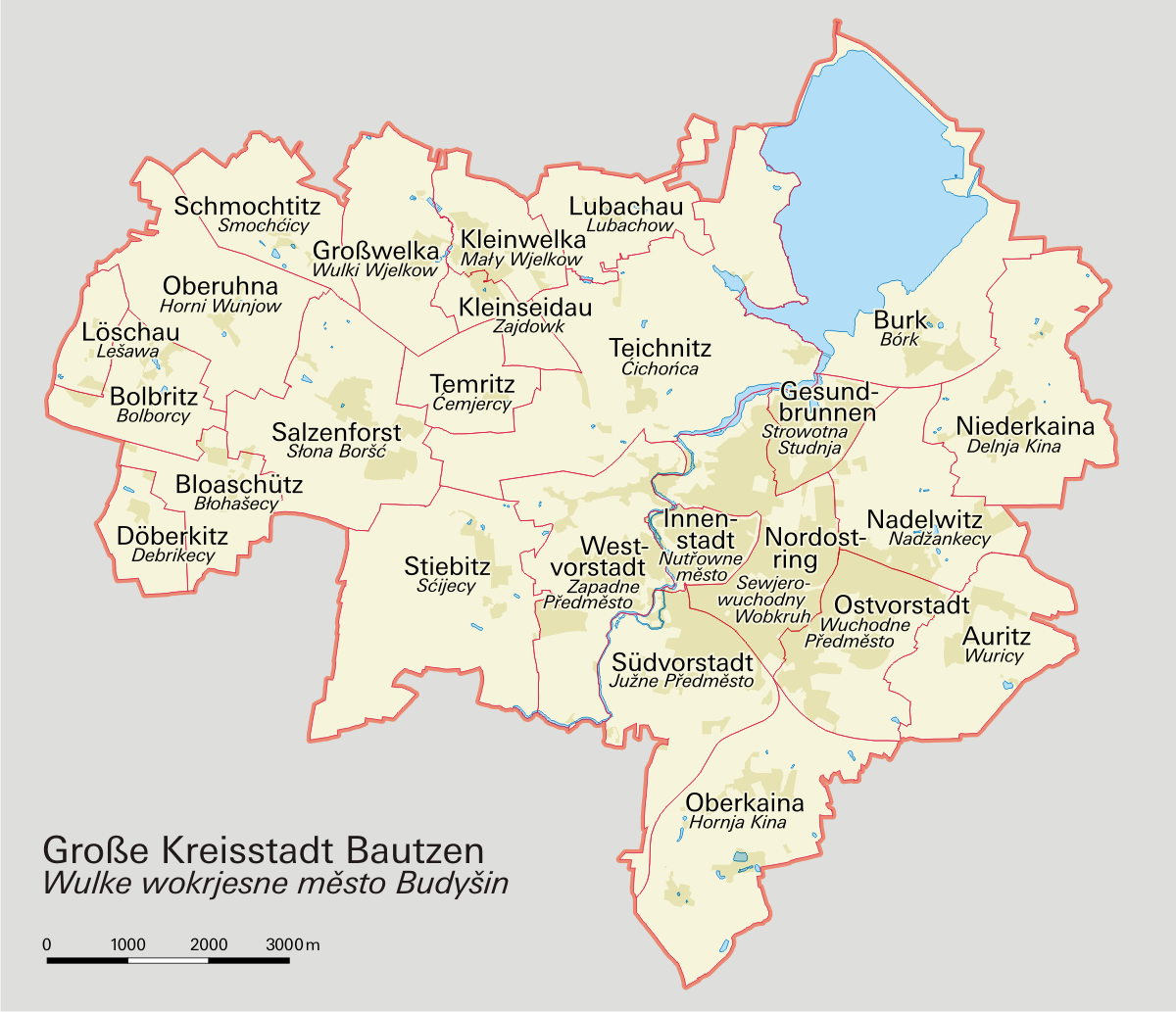|
Rjana Łužica
"Rjana Łužica" (Lower Sorbian: ''Rědna Łužyca''; lit. “Beautiful Lusatia”) is the Sorbian national anthem. It was written by poet Handrij Zejler. The lyrics were firstly published on August 24, 1827, in the Leipzig magazine ''Serbska Nowina''. Its music was composed in the beginning of 1845 by Korla Awgust Kocor (german: Karl August Katzer). The anthem was publicly performed for the first time on October 17, 1845, in Budyšin/Bautzen Bautzen () or Budyšin () is a hill-top town in eastern Saxony, Germany, and the administrative centre of the district of Bautzen. It is located on the Spree river. In 2018 the town's population was 39,087. Until 1868, its German name was ''Budi ... (Upper Sorbian ''Budyšin'', Lower Sorbian: ''Budyšyn''), German ''Bautzen'', formerly ''Budissin''). Lyrics Handrij Zejler's two additional verses have been excluded from the official version. References * English translation by Reinhard F. Hahn (http://lowlands-l.net/anniversary/s ... [...More Info...] [...Related Items...] OR: [Wikipedia] [Google] [Baidu] |
Flag Of Sorbs
Sorbs ( hsb, Serbja, dsb, Serby, german: Sorben; also known as Lusatians, Lusatian Serbs and Wends) are a indigenous West Slavic ethnic group predominantly inhabiting the parts of Lusatia located in the German states of Saxony and Brandenburg. Sorbs traditionally speak the Sorbian languages (also known as "Wendish" and "Lusatian"), which are closely related to Czech, Polish, Kashubian, Silesian, and Slovak. Upper Sorbian and Lower Sorbian are officially recognized minority languages in Germany. Due to a gradual and increasing assimilation between the 17th and 20th centuries, virtually all Sorbs also spoke German by the early 20th century. In the newly created German nation state of the late 19th and early 20th centuries, policies were implemented in an effort to Germanize the Sorbs. These policies reached their climax under the Nazi regime, who denied the existence of the Sorbs as a distinct Slavic people by referring to them as "Sorbian-speaking Germans". Th ... [...More Info...] [...Related Items...] OR: [Wikipedia] [Google] [Baidu] |
Lusatia
Lusatia (german: Lausitz, pl, Łużyce, hsb, Łužica, dsb, Łužyca, cs, Lužice, la, Lusatia, rarely also referred to as Sorbia) is a historical region in Central Europe, split between Germany and Poland. Lusatia stretches from the Bóbr and Kwisa rivers in the east to the Pulsnitz and Black Elster rivers in the west, and is located within the German states of Saxony and Brandenburg as well as in the Polish voivodeships of Lower Silesia and Lubusz. Lusatia's central rivers are the Spree and the Lusatian Neisse, which constitutes the border between Germany and Poland since 1945 (Oder–Neisse line). The Lusatian Mountains (part of the Sudetes), separate Lusatia from Bohemia (Czech Republic) in the south. Lusatia is traditionally divided into Upper Lusatia (the hilly southern part) and Lower Lusatia (the flat northern part). The areas east and west along the Spree in the German part of Lusatia are home to the Slavic Sorbs, one of Germany's four officially recognized indige ... [...More Info...] [...Related Items...] OR: [Wikipedia] [Google] [Baidu] |
Handrij Zejler
Handrij Zejler (1 February 1804 – 15 October 1872; official German name ''Andreas Seiler'') was a Sorbian writer, Lutheran pastor, and national activist. He co-founded the Lusatian cultural and scientific society '' Maćica Serbska''. Zejler was born on 1 February 1804 in Słona Boršć (German: Salzenforst), now a part of Budyšin (Bautzen). He was an author of popular religious, love and patriotic poems, as well as the Sorbian national anthem ''Rjana Łužica'', linguistic works, publicist works, ballads, satires, fables. He died on 15 October 1872 in Łaz (Lohsa) near Wojerecy (Hoyerswerda). Zejler is seen today as one of the founders of Sorbian national literature. Memory His name bears the State Prize of the Ministry of Science and Art of the Federal State of Saxony. See also *Jakub Bart-Ćišinski (1856–1909) - Poet, writer, playwright, and translator * Jan Kilian (1811–1884) - Pastor and leader of the Sorbian colony in Texas *Korla Awgust Kocor (1822–1 ... [...More Info...] [...Related Items...] OR: [Wikipedia] [Google] [Baidu] |
Korla Awgust Kocor
Korla Awgust Kocor (3 December 1822 – 19 May 1904; german: Karl August Katzer) was a Sorbian composer and conductor. Kocor was born in Berge/Zahor near Großpostwitz/Budestecy. He was the composer of the music of the Lusatian national anthem ''Rjana Łužica "Rjana Łužica" (Lower Sorbian: ''Rědna Łužyca''; lit. “Beautiful Lusatia”) is the Sorbian national anthem. It was written by poet Handrij Zejler. The lyrics were firstly published on August 24, 1827, in the Leipzig magazine ''Serbska Now ...''. He has been called the "founding father of secular Sorbian music." References 1822 births 1904 deaths People from Bautzen (district) German composers German conductors (music) German male conductors (music) Sorbian people Musicians from the Kingdom of Saxony 19th-century German musicians 19th-century German male musicians {{germany-conductor-stub ... [...More Info...] [...Related Items...] OR: [Wikipedia] [Google] [Baidu] |
Lower Sorbian Language
Lower Sorbian () is a West Slavic minority language spoken in eastern Germany in the historical province of Lower Lusatia, today part of Brandenburg. Standard Lower Sorbian is one of the two literary Sorbian languages, the other being the more widely spoken Upper Sorbian. The Lower Sorbian literary standard was developed in the 18th century, based on a southern form of the Cottbus dialect. The standard variety of Lower Sorbian has received structural influence from Upper Sorbian. Lower Sorbian is spoken in and around the city of Cottbus in Brandenburg. Signs in this region are typically bilingual, and Cottbus has a '' Lower Sorbian Gymnasium'' where one language of instruction is Lower Sorbian. It is a heavily endangered language. Most native speakers today belong to the older generations. Phonology The phonology of Lower Sorbian has been greatly influenced by contact with German, especially in Cottbus and larger towns. For example, German-influenced pronunciation tends t ... [...More Info...] [...Related Items...] OR: [Wikipedia] [Google] [Baidu] |
Sorbs
Sorbs ( hsb, Serbja, dsb, Serby, german: Sorben; also known as Lusatians, Lusatian Serbs and Wends) are a indigenous West Slavic ethnic group predominantly inhabiting the parts of Lusatia located in the German states of Saxony and Brandenburg. Sorbs traditionally speak the Sorbian languages (also known as "Wendish" and "Lusatian"), which are closely related to Czech, Polish, Kashubian, Silesian, and Slovak. Upper Sorbian and Lower Sorbian are officially recognized minority languages in Germany. Due to a gradual and increasing assimilation between the 17th and 20th centuries, virtually all Sorbs also spoke German by the early 20th century. In the newly created German nation state of the late 19th and early 20th centuries, policies were implemented in an effort to Germanize the Sorbs. These policies reached their climax under the Nazi regime, who denied the existence of the Sorbs as a distinct Slavic people by referring to them as "Sorbian-speaking Germans". The communit ... [...More Info...] [...Related Items...] OR: [Wikipedia] [Google] [Baidu] |
National Anthem
A national anthem is a patriotic musical composition symbolizing and evoking eulogies of the history and traditions of a country or nation. The majority of national anthems are marches or hymns in style. American, Central Asian, and European nations tend towards more ornate and operatic pieces, while those in the Middle East, Oceania, Africa, and the Caribbean use a more simplistic fanfare. Some countries that are devolved into multiple constituent states have their own official musical compositions for them (such as with the United Kingdom, Russia, and the former Soviet Union); their constituencies' songs are sometimes referred to as national anthems even though they are not sovereign states. History In the early modern period, some European monarchies adopted royal anthems. Some of these anthems have survived into current use. "God Save the King/Queen", first performed in 1619, remains the royal anthem of the United Kingdom and the Commonwealth realms. , adopted as th ... [...More Info...] [...Related Items...] OR: [Wikipedia] [Google] [Baidu] |
Leipzig
Leipzig ( , ; Upper Saxon: ) is the most populous city in the German state of Saxony. Leipzig's population of 605,407 inhabitants (1.1 million in the larger urban zone) as of 2021 places the city as Germany's eighth most populous, as well as the second most populous city in the area of the former East Germany after (East) Berlin. Together with Halle (Saale), the city forms the polycentric Leipzig-Halle Conurbation. Between the two cities (in Schkeuditz) lies Leipzig/Halle Airport. Leipzig is located about southwest of Berlin, in the southernmost part of the North German Plain (known as Leipzig Bay), at the confluence of the White Elster River (progression: ) and two of its tributaries: the Pleiße and the Parthe. The name of the city and those of many of its boroughs are of Slavic origin. Leipzig has been a trade city since at least the time of the Holy Roman Empire. The city sits at the intersection of the Via Regia and the Via Imperii, two important medieval trad ... [...More Info...] [...Related Items...] OR: [Wikipedia] [Google] [Baidu] |
Bautzen
Bautzen () or Budyšin () is a hill-top town in eastern Saxony, Germany, and the administrative centre of the district of Bautzen. It is located on the Spree river. In 2018 the town's population was 39,087. Until 1868, its German name was ''Budissin''. In 1945 the Battle of Bautzen was Hitler’s last victory against the Soviet Union during the Battle of Berlin . Bautzen is often regarded as the unofficial, but historical capital of Upper Lusatia. The town is also the most important cultural centre of the Sorbian minority, which constitutes about 10 percent of Bautzen's population. Asteroid '' 11580 Bautzen'' is named in honour of the city. Names Like other cities and places in Lusatia, Bautzen has several different names across languages. Its German name was also officially changed in 1868. As well as ''Bautzen'' (German) and ''Budyšin'' (Upper Sorbian), the town has had the following names: * German: ''Budissin'' (variants used from c. 11th century onwards; Saxon governme ... [...More Info...] [...Related Items...] OR: [Wikipedia] [Google] [Baidu] |
Sorbian Culture
Sorbian may refer to: * Sorbs, a Slavic people in modern-day Germany * Sorbian languages, a group of closely related West Slavic languages ** Upper Sorbian language ** Lower Sorbian language See also * Serbin, Texas Serbin is an unincorporated community in southwestern Lee County, Texas, United States. Located about east of Austin, it was originally established as Low Pin Oak Settlement by Sorbian (Wendish) immigrants to Texas in the mid-1850s. The communit ..., founded by 19th Century Wendish immigrants, name is derived from the same root {{disambig Language and nationality disambiguation pages ... [...More Info...] [...Related Items...] OR: [Wikipedia] [Google] [Baidu] |
National Anthems
Most nation states have an anthem, defined as "a song, as of praise, devotion, or patriotism"; most anthems are either marches or hymns in style. A song or hymn can become a national anthem under the state's constitution, by a law enacted by its legislature, or simply by tradition. A royal anthem is a patriotic song similar to a national anthem, but it specifically praises or prays for a monarch or royal dynasty. Such anthems are usually performed at public appearances by the monarch or during other events of royal importance. Some states use their royal anthem as the national anthem, such as the state anthem of Jordan. There are multiple claimants to the position of oldest national anthem. Among the national anthems, the first to be composed was the Dutch national anthem, the "Wilhelmus", which was written between 1568 and 1572. This has both Dutch and English language versions and is unusual in being an acrostic in both languages. The Japanese anthem, "Kimigayo", employs the ... [...More Info...] [...Related Items...] OR: [Wikipedia] [Google] [Baidu] |
Regional Songs
In geography, regions, otherwise referred to as zones, lands or territories, are areas that are broadly divided by physical characteristics (physical geography), human impact characteristics (human geography), and the interaction of humanity and the environment (environmental geography). Geographic regions and sub-regions are mostly described by their imprecisely defined, and sometimes transitory boundaries, except in human geography, where jurisdiction areas such as national borders are defined in law. Apart from the global continental regions, there are also hydrospheric and atmospheric regions that cover the oceans, and discrete climates above the land and water masses of the planet. The land and water global regions are divided into subregions geographically bounded by large geological features that influence large-scale ecologies, such as plains and features. As a way of describing spatial areas, the concept of regions is important and widely used among the many branches of ... [...More Info...] [...Related Items...] OR: [Wikipedia] [Google] [Baidu] |








.jpg)